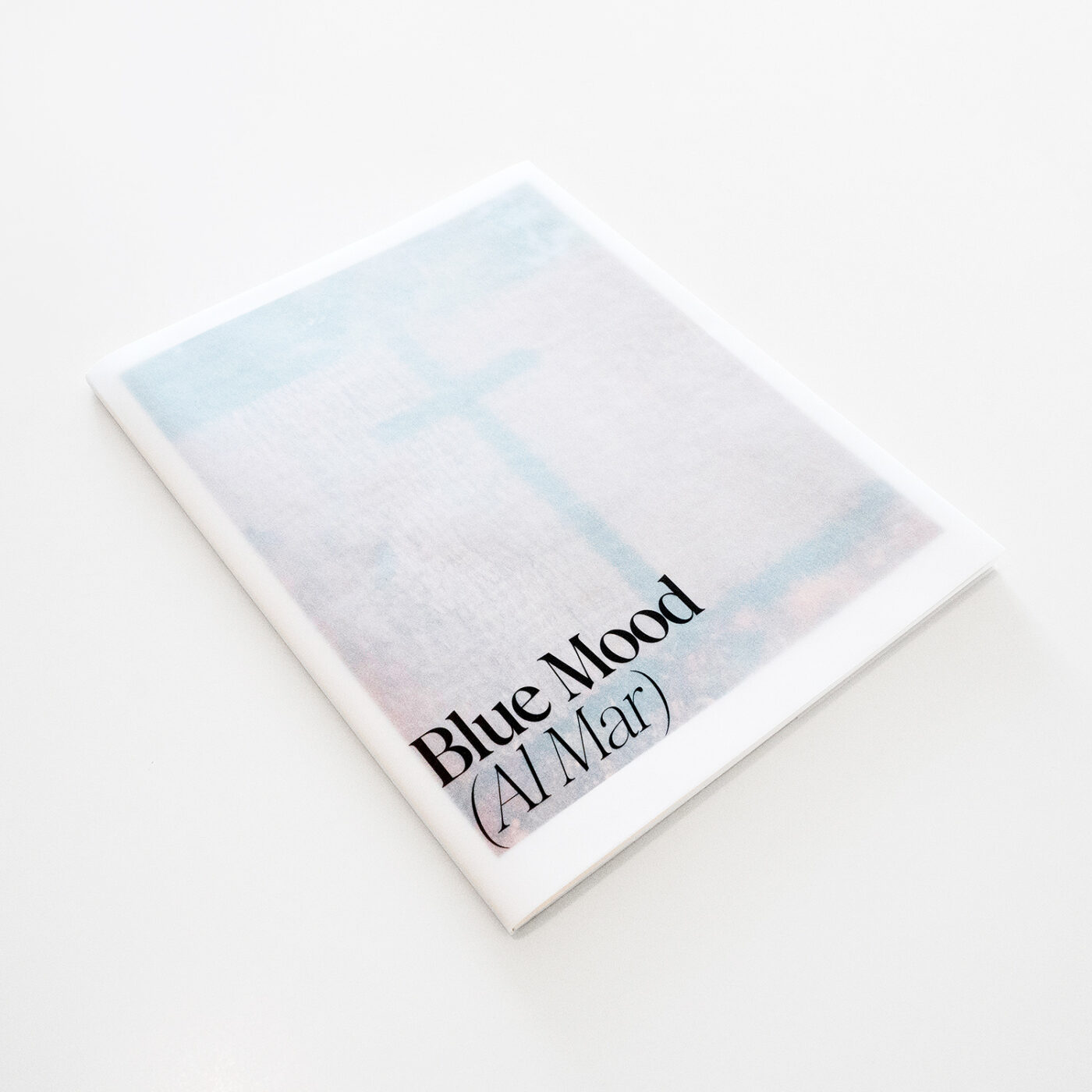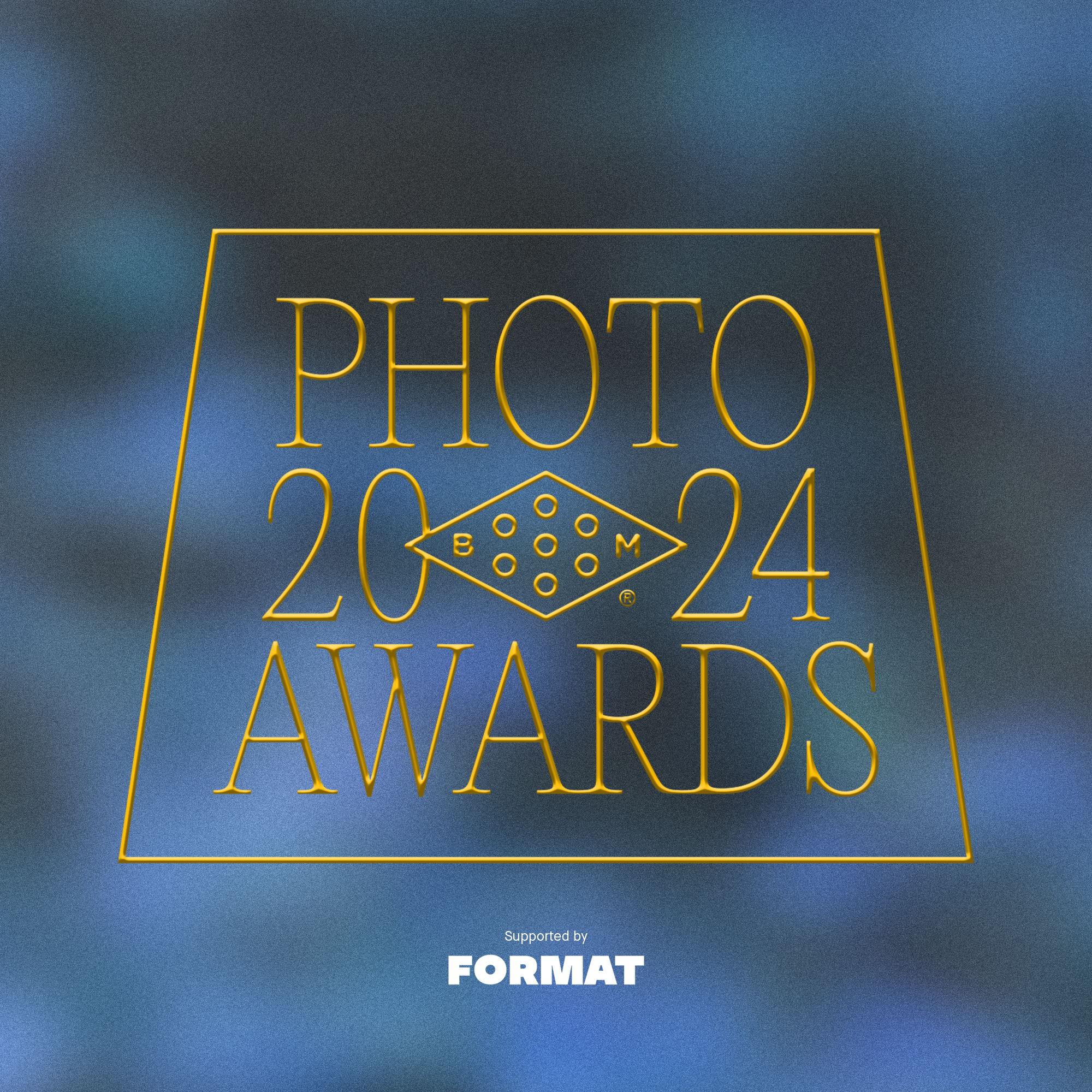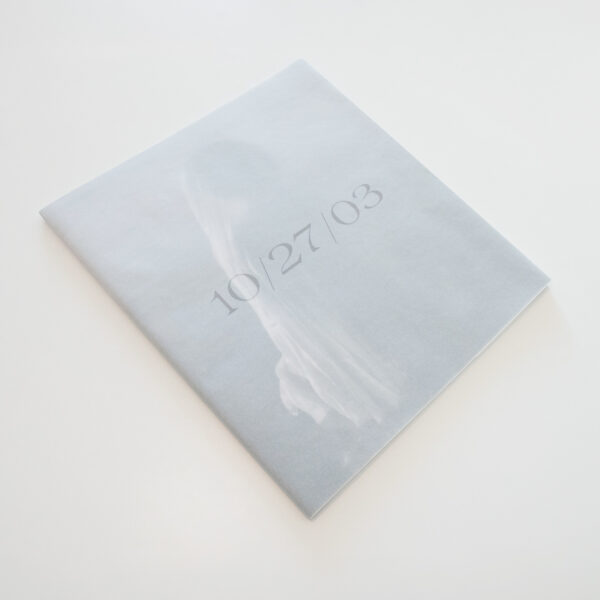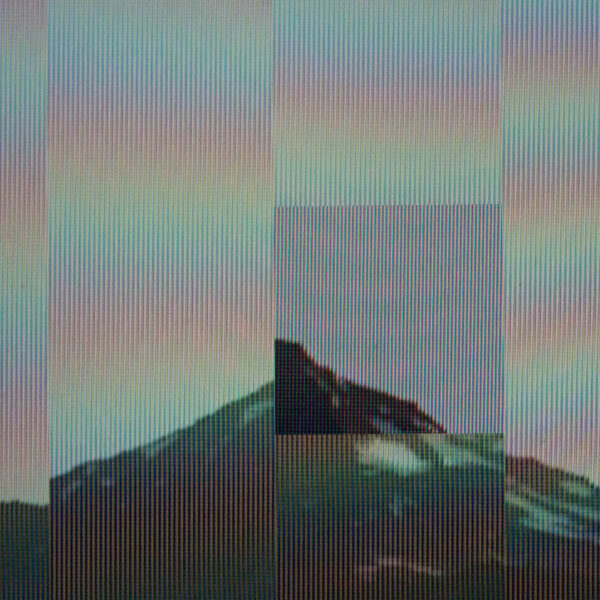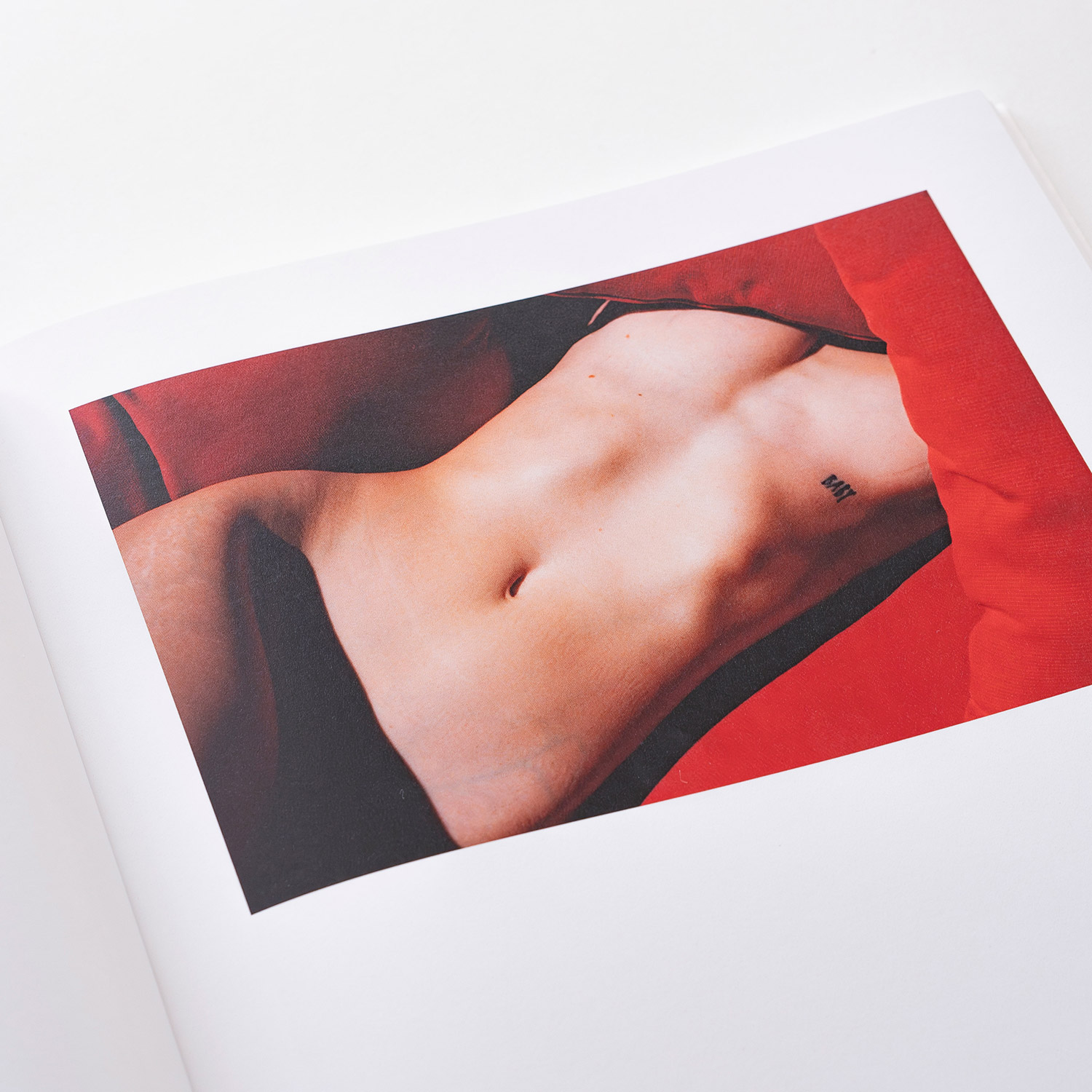
Booooooom: What got you into art and photography in the first place?
Sander Coers: When I was 18, I moved to Rotterdam to study but had no notion of becoming involved with art. It was a friend who studied at the art academy who introduced me to photography. He had this analogue camera sitting at home which I asked to borrow, an old Nikon. That thing and I became inseparable instantly. Within a few months, I had developed a portfolio which mostly consisted of photos of my friends and applied to the art academy in Rotterdam.
What is inspiring you to continue to make work now?
As I’m typing this, I am sitting at the foot of a volcano called Gunung Api on Banda Neira, a small island that is part of an island group in the Banda Sea in Indonesia. It’s the island my great-grandmother was born on in 1923. I’m currently working on a project in which I am retracing my family history in this country. There is a lot of intergenerational trauma amongst Indonesian-Dutch families that is barely spoken of. The journey through Indonesia I’m currently undertaking is a way to unravel these untold stories through photographic work.
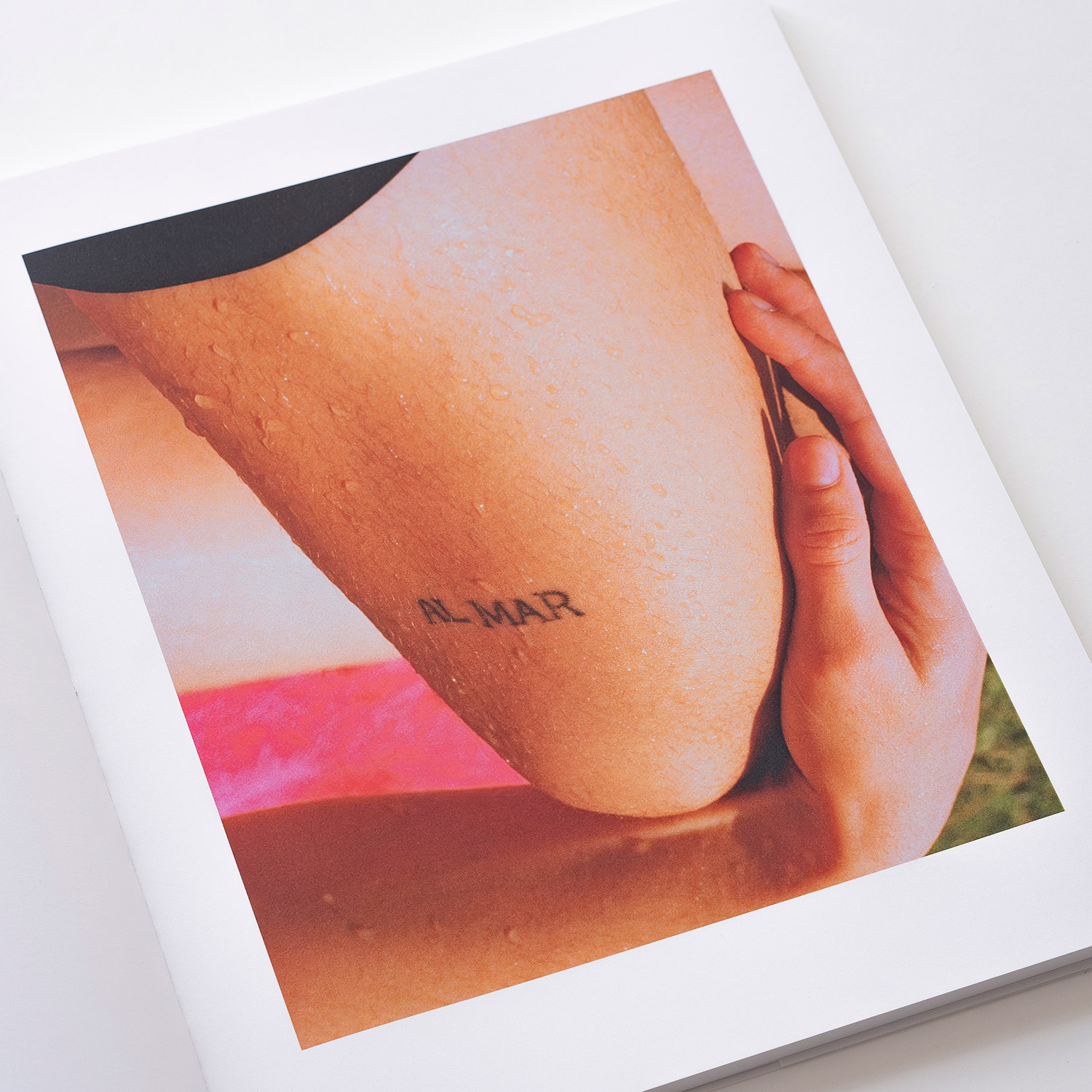
Share a challenging moment you’ve experienced in your artistic journey.
I was supposed to graduate during the peak of Covid, which was quite a difficult time. I felt a real sense of disconnection to people, and since my work focuses on people’s stories in a very intimate and personal way, I just felt stuck. I decided to postpone my graduation for half a year and traveled to Tarragona, Spain, to visit my cousin Jens and his parents, who lived there. Eventually, I would create most of my graduation series “Come Home” there, a visual essay that delves into the complexities of the adolescent masculine landscape. I self-published “Come Home,” and it gained a lot of attention in The Netherlands and abroad, which gave me a huge boost of self-confidence to keep working on my photography.
Can you speak a bit about the body of work you chose to submit – What was your thought process or selection process like?
The series started in 2021 and is a sequel to “Come Home”; it features the same cast of characters made up from my friends and family members. It consists of images shot in different places around the world, all significant to the childhood memories of the characters. The idea to make the series into a book came quite early into the process, so that also affected the creation of it, I think. Most images refer to each other in one way or another.
The visual language used in “Blue Mood (Al Mar)” is reminiscent of nostalgic photographs found in family photo albums. My aim was to transport the viewer into a vivid fever dream with saturated colors and warm hues based on these fleeting memories that I kept reliving in my mind. In the selection process, I started noticing a color palette that would refer to these memories so selecting based on colors became a huge part of the sequencing.

As you mentioned, “Blue Mood (Al Mar)” draws a lot on ideas of memory and nostalgia. Can you share one of your favourite childhood memories?
To be honest, I am very bad at remembering things about my childhood, maybe that’s why I’m trying to recreate them. But there’s this one memory, that is very vivid, in which my parents and me are walking up this hill towards the beach in Spain, and there’s this overwhelming smell of pine trees. I’ve revisited that place multiple times as an adult but the feeling was never the same.
How does it feel to see your work in book form?
Seeing my work in book form feels incredibly rewarding. It’s extra special because this work is a representation of the experiences of my friends and family members. It’s amazing knowing that others can now experience my work in this format.
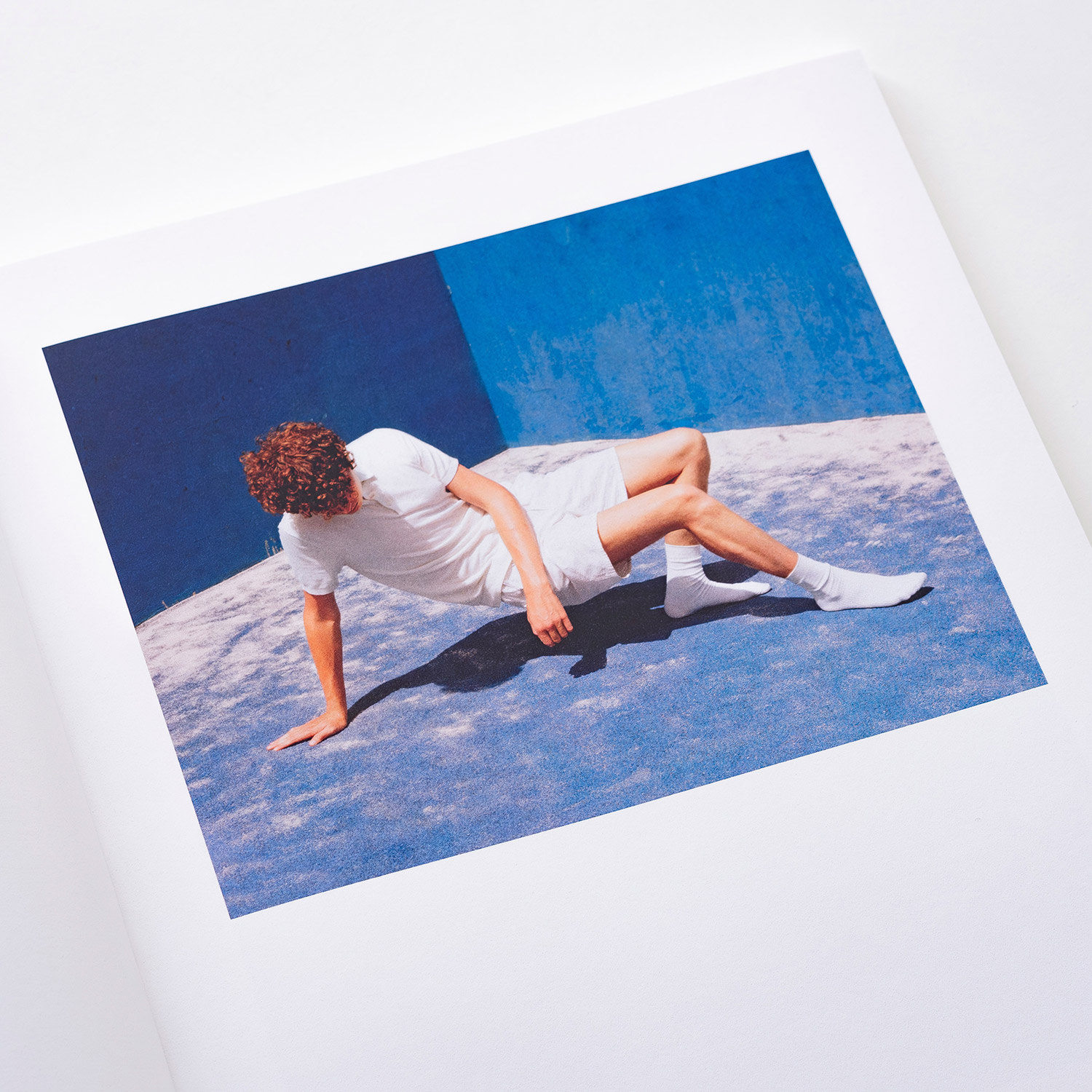
What is a goal you’ve set for yourself that you haven’t achieved yet?
This is maybe an oddly specific one, that has been a goal of mine for so long. I would love to work on these travel books called Fashion Eye that the Louis Vuitton Foundation commissions to photographers about different parts of the world. I saw one by Harley Weir about Iran and have been mesmerized by the format ever since.
If you had to give one piece of advice or words of encouragement to someone just starting out, what would it be?
Create obsessively, trust your instincts, get your work out there, and talk to as many people as you can about it!
Booooooom Shop: Tomorrow’s Talent 4
Featuring the work of 60 fine artists and illustrators, tomorrow’s Talent 4 is now officially available in our shop!
Learn more2024 Booooooom Photo Awards
Calling all photographers! The Booooooom Photo Awards are back and officially open for submissions!
Learn moreRelated Articles
